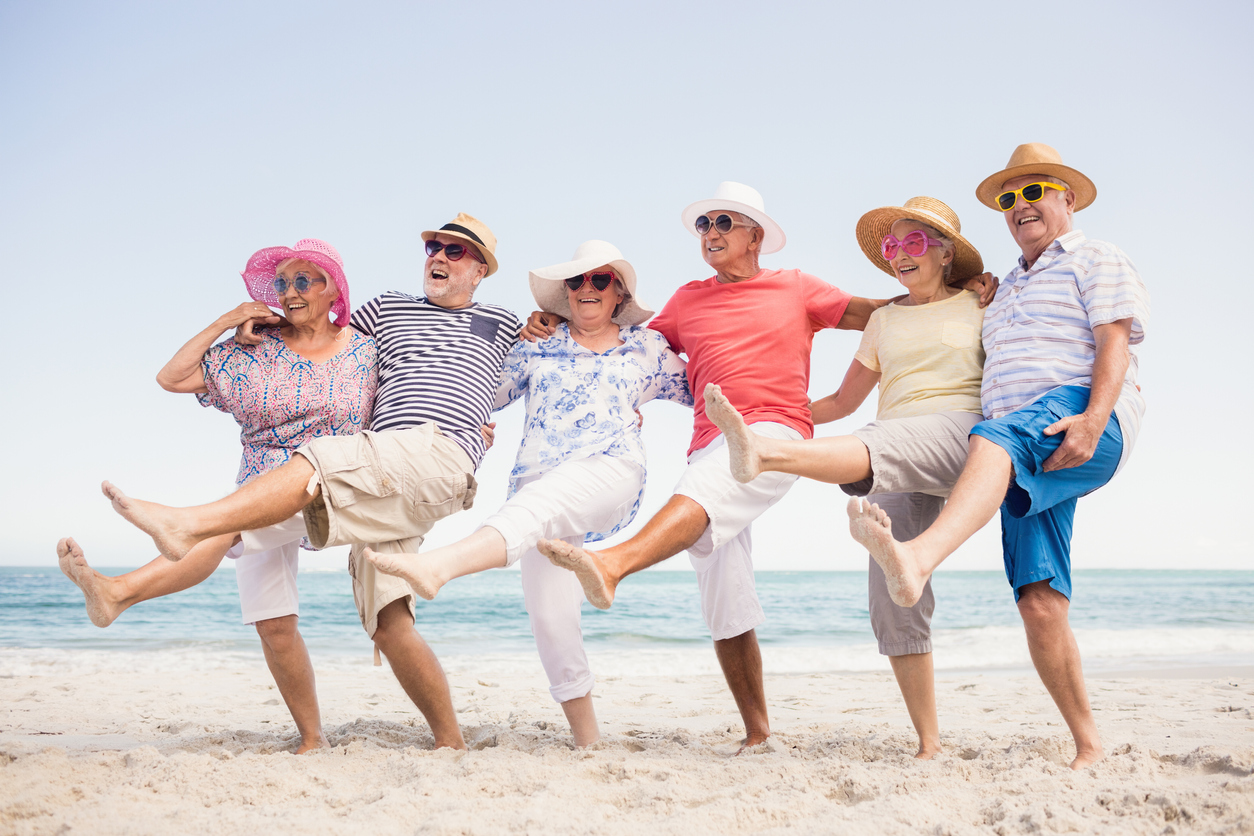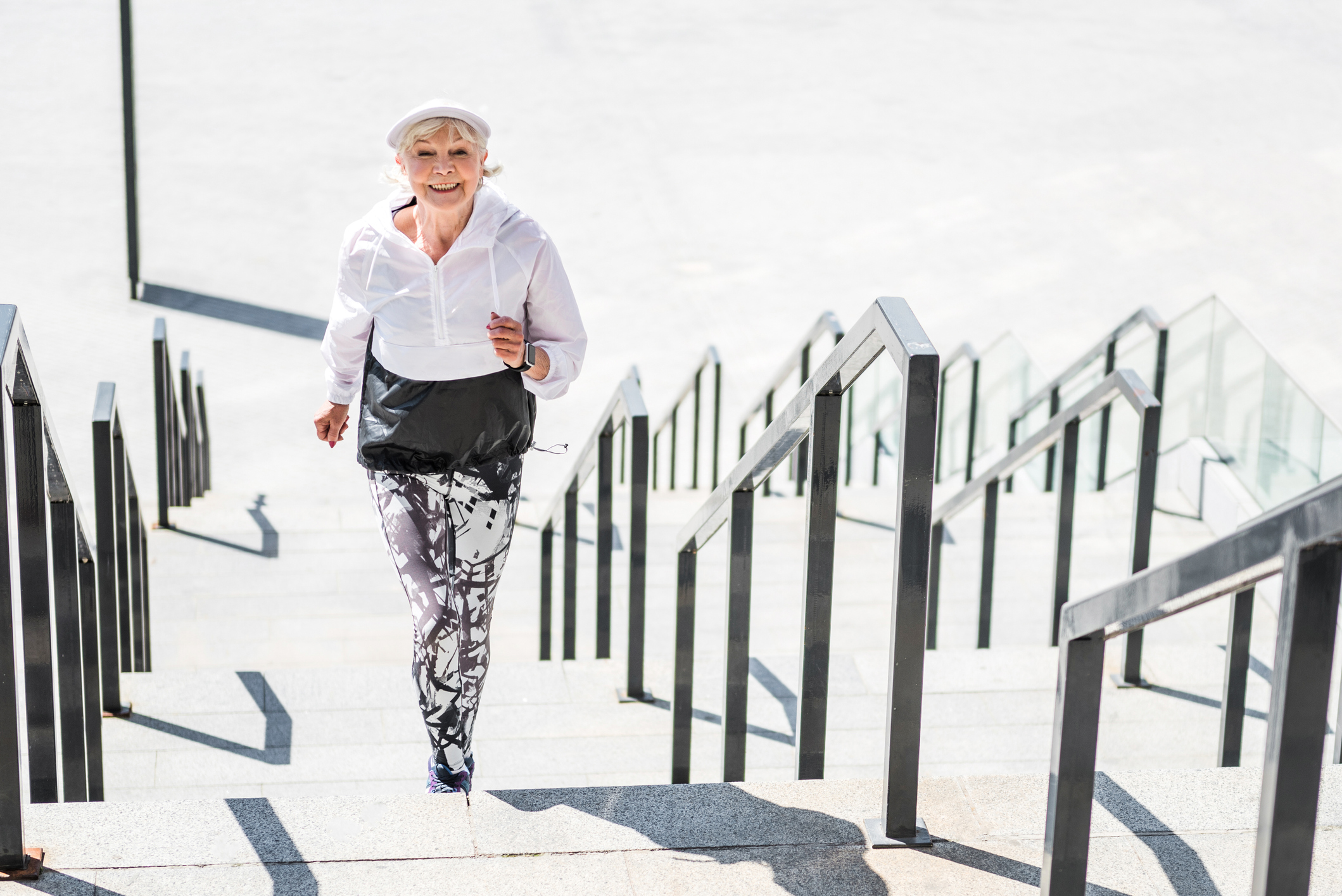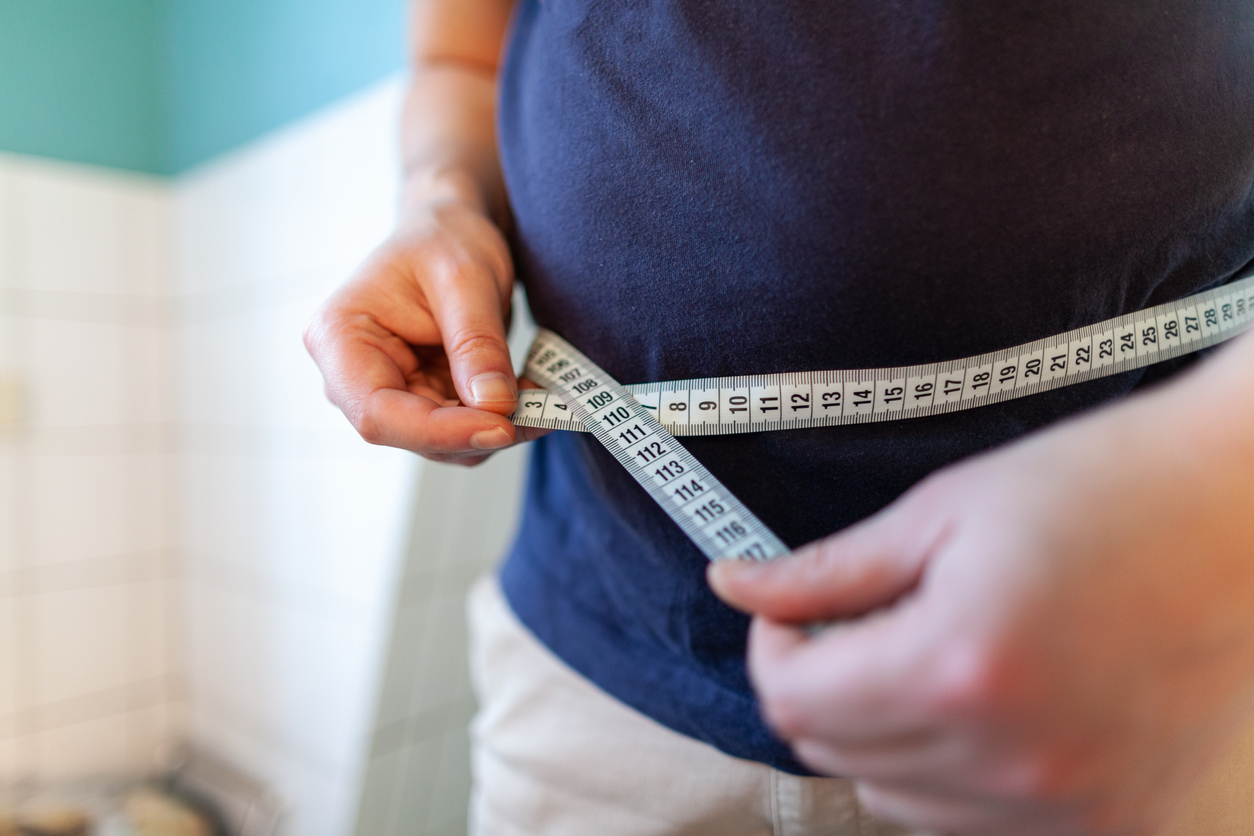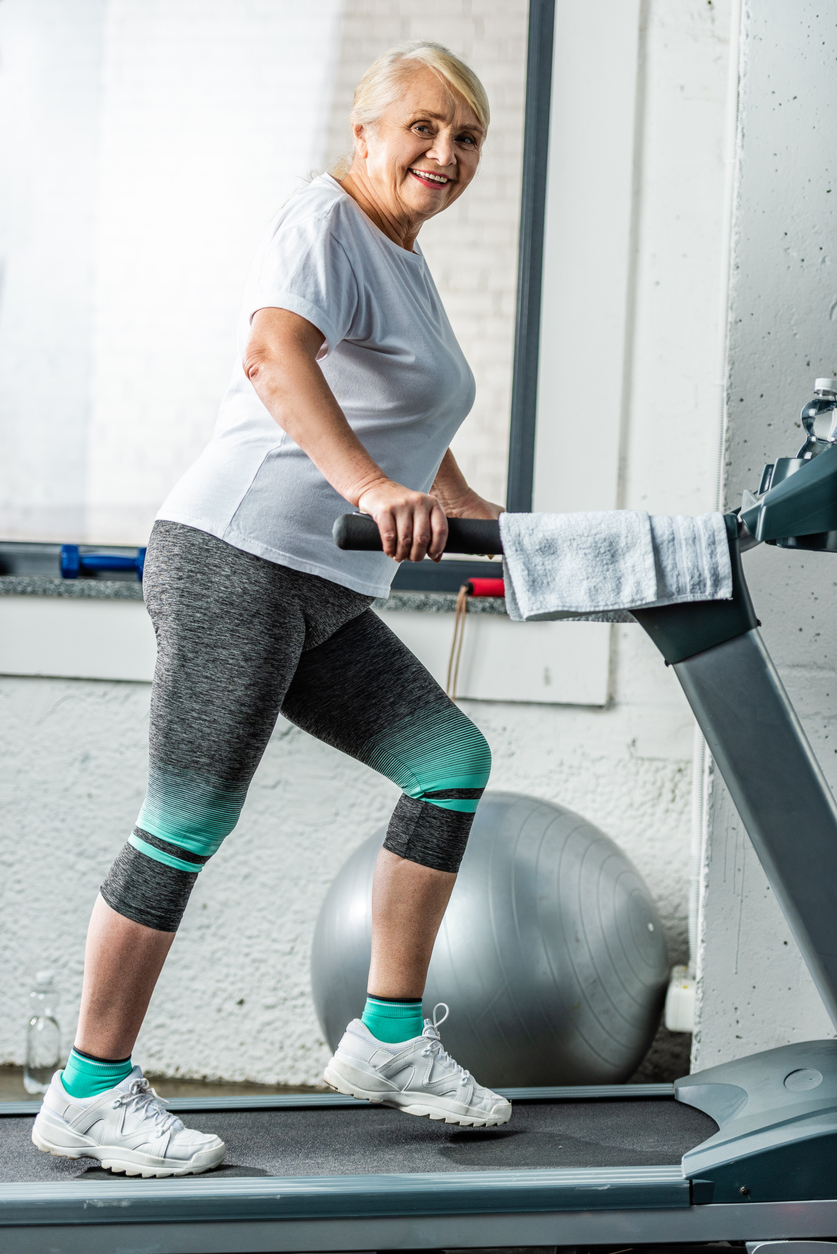
FEAR OF FALLING: ENHANCING YOUR REACT-ABILITY
September 21st is National Falls Prevention Day, so it’s a good time to talk about seniors and falls. If you’re 65+, you’re probably at least vaguely aware of the statistics regarding the risks and frequency with which seniors fall *. Looking at the numbers, the main takeaway is falls represent a major existential & quality of life threat for people over 65 – and it’s a growing problem as this recent study points out.
ASSESSING YOUR FALL RISK
Many seniors already know they are at risk for a fall because, well, they have already fallen! According to the US Centers for Disease Control & Prevention, “One in four Americans aged 65+ falls each year”. Even if you haven’t fallen, you’re probably well aware that your ability to move well on your feet – your physical functionality** – is not what it once was.
Health professionals use various tests to assess a senior’s risk of falling. The Timed Up & Go Test is probably the easiest to self-administer, and might add an element of objectivity to your fall risk assessment. The Timed Up & Go Test involves rising up from the seated position (17” chair), walking 10 feet, turning around and returning to your original sitting position. If it takes you longer than 12 seconds to complete this task, you may be at a high risk for falling.
FALL RISK – WHAT TO CONSIDER
How do you minimize the chance of falling, or the risk of injury, if you do happen to fall***? If you’re 65+, it’s critical to understand that your fall risk increases incrementally each day unless you take active measures – this is because advancing age itself is the most prominent risk factor for falls. Said differently: You need to be actively engaged in a “fall prevention program” or you are moving one step closer to a fall each day that goes by!
It’s important to recognize the essence of fall prevention (and risk) is the health and functionality of your neuromuscular system. Any action, measure or intervention that improves the function of your neuromuscular system will reduce your risk of falling and, of course, the converse is true in terms of increasing your fall risk. It’s also important to realize that if you do the right things, a steep decline in neuromuscular function need not be an absolute outcome of aging for many seniors.
FALL PREVENTION AND ENHANCING YOUR REACT-ABILITY
Perhaps the most important fall prevention strategy is to EXERCISE because it enhances the function of your neuromuscular system. Plenty of research (1, 2, 3, 4), as well as common sense, support the concept that regular exercise reduces the risk of falls and, if you do happen to fall, makes it less likely you will incur a serious injury.
But for fall prevention it can’t be just ANY exercise: It’s critical to perform exercise while on your feet because this has a greater chance to improve and enhance what I call on-the-feet REACT-ABILITY (falls don’t happen often while sitting or lying down). Stated another way, don’t expect exercise performed in the seated or lying position to have much positive effect on reducing your risk of falling.
On-the-feet REACT-ABILITY encompasses your physical ability to move, react, adjust, shift or change your weight distribution, direction, foot/body positions or vertical levels in response to your environment or sudden events or situations. There’s a reason why Tai Chi has been shown in many studies to decrease the risk of falls – and it’s not its exotic name – it’s because it’s done on your feet while you are continuously shifting your body, balance and position in relation to the ground.
From the preceding paragraphs it may be obvious, but just to be clear: Your physical fall prevention program begins with spending more time standing on your feet in any way you can, even if it’s challenging for you. This is a critical concept, but is often overlooked in our sit-down society. I believe seniors have little chance of reducing fall risk unless they adapt a “sit-avoidance” mindset! You’ve got to develop mindful, conscious strategies that will keep you on your feet more often. Hours of sitting each day is profoundly body degenerating and the premier anti-REACT-ABILITY activity! All the good things exercise can do stand a good chance of being largely undone when coupled with lots of sitting.
WORK WITH A PHYSICAL PROFESSIONAL IF YOU CAN
Building fall resistance & resilience means enhancing the functional qualities you happen to need most as an individual. It seems people often only think of improving their balance, but enhancing on-the-feet functional ability (REACT-ABILITY) requires more than balance**. You need to know your individual functional weak points and that’s why working with a physical therapist or trainer who can assess you as an individual would be your best bet. That way your exercise program will be individualized to improve your particular on-the-feet functional deficits (vulnerable physical performance areas) and scaled to your current abilities. For fall prevention, it’s critical to challenge your vulnerable on-the-feet performance areas.
Physical therapists/trainers can also help you to perform specific on-the-feet exercises which are functionally multi-factorial; that is they improve more than one component of functional ability** at a time. A multi-factorial REACT-ABILITY program might include exercises which challenge and work to improve balance, core activation/stabilization, hips-down strength, agility, on-the-feet mobility, joint/tissue mobility and aerobic fitness. The more you can combine the above physical performance enhancing qualities into the specific on-the-feet exercises that are right for you, the more powerful your fall prevention program will become and the better your chance of staying on your feet no matter what life throws at you.
THERE ARE COMMUNITY-BASED FALL PREVENTION PROGRAMS
Although hiring a senior fitness trainer or physical therapist will give you the best chance for fall risk reduction, it’s important to know there are often plenty of community-based fall prevention exercise programs ****. Also, if you are very elderly and/or frail, a physical therapist administered formal evidence-based program, like the Otago Program, would be a good place to start and likely covered by Medicare.
STARTER FALL PREVENTION AND REACT-ABILITY PROGRAM
If you’re an inactive but healthy and ambulatory senior who’d like to make a modest start toward improving your on-the-feet REACT-ABILITY, below I outline a simple five-step (plus one) fall prevention plan using information from my previous posts.
0) Scrutinize the list*** of contributing fall risk factors and actively address as many as possible. I would start with reviewing your current medications with your physician as drugs are an extremely common factor in senior falls – see here and here for examples. Everyone can also assess their home for potential factors that would increase your risk of falling – here are a couple of quick-read articles to give you more ideas (1, 2) and these two Harvard Guides have lots of useful information in an easy-to-read format (1, 2) and lastly here is the main National Council on Aging page for fall prevention.
1) Eat more plants! Prime your neuromuscular system to function optimally with a nutrient-dense, whole food, plant-based eating plan. Eating more whole plant foods like greens, vegies, beans and berries will make your neuromuscular system work better! Read my post about blueberries and moving better, and then read my four other posts (1, 2, 3, 4) on plant-based eating. Then start eating more nutrient dense whole plant foods and minimizing animal products and you will reduce your risk for and the effects of chronic diseases and your neuromuscular system will thank you.
2) Sit less! As stated above, but worth emphasizing again: All the good things exercise does will be undone if you sit too much in your daily life. Job one is to develop the mindset to consistently spend more time on your feet – and that can mean something as simple as just standing more; but could also include more walking as a second step (no pun intended); also consider dancing, climbing stairs more often or even hiking if you can do it safely (maybe with the aid of trekking poles).
3) Perform the 7-Point Alignment Exercise often – it’s easy, it helps improve your standing posture, alignment, body weight distribution and core stability and you’re on your feet as per #2.
4) Groove the Wall Hip Hinge so it’s an automatic movement for you – you’re on your feet, it’s not too physically challenging, it helps with functionality because it activates the most important muscle (butt) & joint (hips) in your lower body and it’s the perfect preparation for doing # 5 well.
5) Improve your Sit-To-Stand & Stand-To-Sit***** ability – this is a fundamental and functional pattern you must negotiate many times a day in many situations and which builds your key hips-down strength. I have devoted a complete blog post to the Sit-To-Stand here. The most important factor to keep in mind is your initial seat height (i.e. squat depth target) must be proportional to your current functional ability and hips-down strength. Start with a high seat height and work down as you improve. The weaker your hips-down strength, the higher your seat height needs to be – I’ve started some clients at a seat height of 30 inches! Many of my clients eventually work down to a seat height of 18 inches for 15-20 consecutive body-weight repetitions as their hips-down strength increases.
*National Council on Aging Fall Statistics
**Physical qualities like movement mobility/agility, dynamic balance, dynamic stability and hips-down strength; also your ability to react appropriately by shifting your body and foot positions in response to unexpected physical situations and having the fall-back ability to grab or stabilize with your arms
*** Minimizing falls in the elderly can be a complicated subject as there are many contributing factors like chronic disease effects, arthritis, frailty, lack of fitness, too much time spent sitting, prescription drug side effects, alcohol use or abuse, and risky home and community environments
****Evidence-based Falls Prevention Programs, National Council on Aging
***** If you are strong/fit/functional enough to not pause and rest on the seat between repetitions, this functional pattern is known as a “parallel stance squat”. You use an individualized range of motion target (the seat height), where you lightly touch your bottom or upper rear thigh to the seat; you use the seat as a touch-stone for squat depth only



